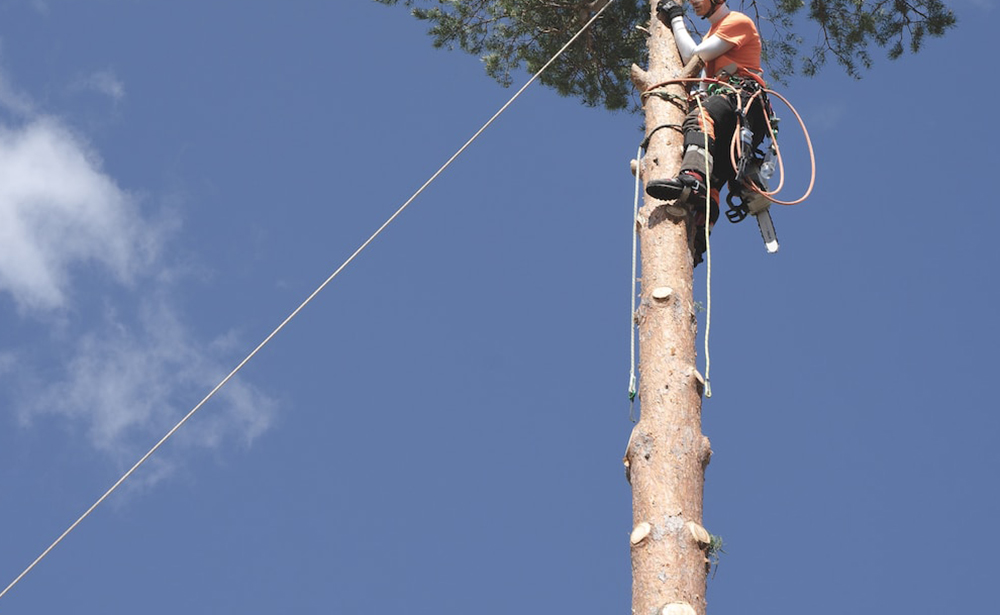Prioritizing tree safety is crucial if you live in Phoenix, where trees enhance the scenery and offer shade. Arborist Phoenix is essential in spotting possible tree risks and guaranteeing the security of both persons and property. This article will examine four subtopics which highlight how arborists in Phoenix carry out tree risk assessments to find possible dangers and put the appropriate safeguards in place to ensure safety.
Understanding Tree Risk Assessment
Arborists in Phoenix are trained in conducting tree risk assessments, which involve evaluating the potential risks associated with trees. They consider factors such as tree structure, health, and environmental conditions. By conducting these assessments, arborists can determine the likelihood of tree failure and the potential consequences, allowing them to develop informed strategies for risk mitigation.

Tree Structure Evaluation
One key aspect of tree risk assessment is evaluating tree structure. Arborists in Phoenix inspect trees for signs of structural weakness, including cracks, decay, or splits in the trunk, branches, or roots. Analyzing tree structure is a critical component of tree risk evaluation. Arborists in Phoenix look for indicators of structural weakness in trees, including fractures, decay, or breaks in the trunk, branches, or roots. They assess the overall stability of the tree and examine for indications of leaning or irregular growth patterns. Arborists can detect potential hazards and offer appropriate risk-mitigation measures by thoroughly inspecting the tree’s structure.
Assessing Tree Health
Arborists understand that a tree’s health greatly influences its stability and the potential risks it may pose. Arborists realize that the health of a tree has a significant impact on its stability and the potential dangers it may offer. To assess tree health, they look for variety of signs which includes foliage condition, manifestations of disease or infestation, and the presence of dead or dying branches. They also assess the tree’s age, species, and environmental stresses to calculate its overall health. Arborists can detect possible dangers and design appropriate management approaches by examining tree health.
Environmental Considerations and Risk Mitigation Strategies
Arborists in Phoenix recognize that environmental conditions, such as extreme weather events or construction activities, can increase tree risk. They take these factors into account when conducting risk assessments. If a tree is determined to be hazardous, arborists recommend appropriate risk mitigation strategies, which may include tree pruning, cabling or bracing, or in some cases, tree removal. They prioritize the safety of individuals and property while considering the importance of preserving healthy trees whenever possible.
Tree risk evaluations carried out by arborists are crucial for maintaining safety in Phoenix, where trees are an essential component of the urban landscape. Arborists can identify potential risks and lay out effective risk reduction strategies by thoroughly inspecting tree structure, health, and environmental factors. Their understanding allows them to make recommendations on appropriate measures, such as trimming, cabling, or removal, to ensure the safety of both individuals and property. If you are concerned about tree safety in Phoenix, it is best to see a qualified arborist who can complete a thorough risk assessment and give expert assistance. We can enjoy the advantages of trees while also guaranteeing a safe environment for everybody by prioritizing tree risk assessments.

